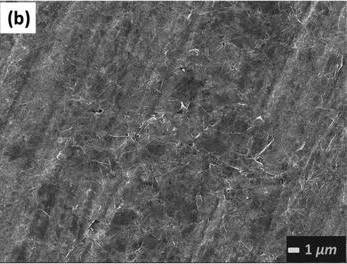 The clothes you wear in a few years from now could offer connectivity to your wearable devices and sensors. Scientists at The University of Manchester have discovered how to make cheap wireless antennae from compressed graphene ink. While the idea of using graphene as a conductor is not new, the scientists found a way to get the ink to stick to a range of inexpensive materials without relying on high-temperature processing, something that eliminated many materials in the past. “Graphene ink is very cheap,” explained Zhirun Hu, one of the researchers. “The process to make graphene laminate with high conductivity is very simple and aimed for mass production.”
The clothes you wear in a few years from now could offer connectivity to your wearable devices and sensors. Scientists at The University of Manchester have discovered how to make cheap wireless antennae from compressed graphene ink. While the idea of using graphene as a conductor is not new, the scientists found a way to get the ink to stick to a range of inexpensive materials without relying on high-temperature processing, something that eliminated many materials in the past. “Graphene ink is very cheap,” explained Zhirun Hu, one of the researchers. “The process to make graphene laminate with high conductivity is very simple and aimed for mass production.”
The research team was also able to increase the graphene’s ink conductivity by more than 50 times by compressing it with a roller after printing and drying it. The new technique could lead to flexible, environmentally friendly antennae that are cheap to manufacture and use materials like paper or plastic that could not be used with earlier techniques that require high temperatures.
Among the uses envisioned by the research team for graphene antennae are RFID tags. For example, a wireless supermarket scanner could tally up the contents of a cart as you shop.
Given graphene’s flexibility, the antennae could also be embedded into clothing, allowing sensors and wearable devices to communicate wirelessly while in close proximity.
Sources : Applied Physics Letters // University of Manchester
